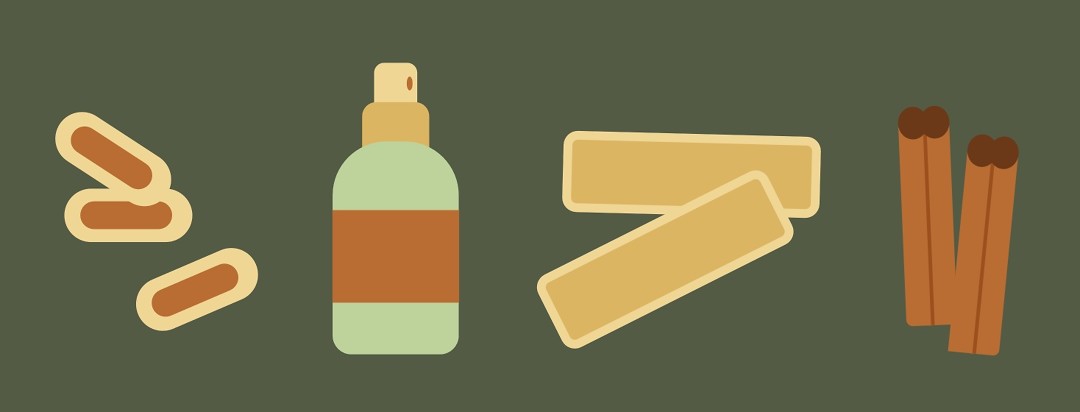4 Natural Pain-Relieving Alternatives
Before I learnt how to manage my endo, codeine was my answer.
I remember going to work feeling like I floated half of the way there. I remember feeling on the point of vomiting from all the medication, but forcing myself to swallow another to make it through. I remember the three-day migraines that would ensue after my two-day codeine fests (which inevitably began with my periods) had ended.
Get help!
Thanks to now understanding my endo and having gotten my symptoms under control, I haven’t reached for codeine in about five years, and I take great pleasure in helping my clients get to the same place.
Now, this isn’t to say that conventional pain relief doesn’t have a role in endo management. For some people, it’s absolutely essential. However, my clients come to me wanting to get off pharmaceutical pain-relief. They’re fed up of the side effects or are concerned about the long term use, and not only want alternatives, but to no longer need so much pain relief.
We spend 12 weeks managing their endo and reducing their symptoms in the long-term, but in the short-term we often explore alternatives to conventional pain relief that may support them whilst they get to a better place with their endo.
Here are four of my favorite go-to alternatives that work well with my clients:
Ginger
Ginger is potentially my favorite. It’s been shown to be just as effective as mefenamic acid and ibuprofen for dysmenorrhea, is a powerful anti-inflammatory (inflammation is largely behind the pain with endo), and can even be used as pain relief for migraines.1-3
Up to two grams a day of dried ginger powder is considered safe, and women’s health expert Dr Aviva Romm suggests taking up to 2g in the lead up to our period4, whilst the research shows even just 1000mg to be effective. My clients either opt for capsules of dried ginger powder or make a few cups of ginger tea using the powder, splitting the dose across drinks.
Magnesium spray
I think every endo toolkit should include magnesium spray! Magnesium is a muscle relaxant and is known to support with muscle cramp, and that extends to cramping in the pelvis too. Magnesium has been shown to help alleviate dysmenorrhea and magnesium deficiency is thought to contribute to inflammation.5,6
If I ever have pelvic pain from my small intestine bacterial overgrowth (which can cause abdominal cramping), or from my interstitial cystitis, or on the rare occasion when I get a small amount of period pain, I spray on some magnesium and my muscles begin to relax almost instantly. I find the difference to be dramatic and so do my clients!
BeYou Patches
BeYou Patches are long plaster like patches that stick on the abdomen or lower back, and alleviate cramping by releasing natural essential oils into the skin. They’ve revolutionized painful periods and I know so many people in the endo community who have "tried everything” but have found relief with these patches. Of course, everyone is different and so you have to work out what helps your unique symptoms, but I personally use them for my interstitial cystitis pain and on Day 1 of my period to prevent any cramps from sneaking in. I find they get to work within about twenty minutes!
Cinnamon
For those of us who experience pain, nausea, and heavy bleeding, cinnamon could also be a helpful addition. Cinnamon has been shown to decrease all three in a randomized double-blind trial, in comparison to participants who took a placebo.7 I’ve never used cinnamon alone, but find in combination with ginger in tea, it has been incredibly effective in reducing pelvic pain whenever I’ve struggled with Day 1 of my period.
Disclaimer: Everyone responds differently, so please be mindful of what works for your unique body. Please read the studies and research for doses and safety, and consult your doctor when considering trying new supplementation.

Join the conversation